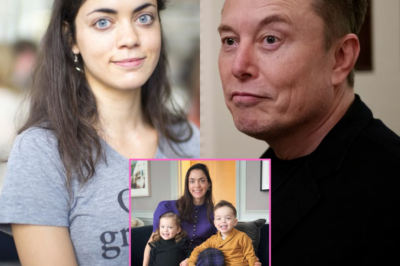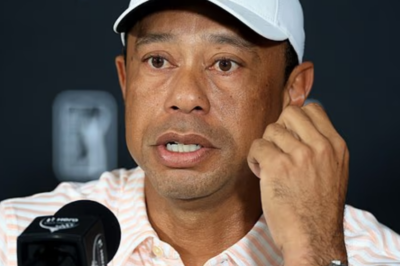Tesla’s record bonus package could help billionaire Elon Musk earn tens of billions of dollars, and many technology and sales goals are considered easy to achieve.
Billionaire Elon Musk, CEO of electric car company Tesla. (Photo: Reuters)
When Tesla’s board of directors proposed the largest compensation package in corporate history for billionaire Elon Musk in September, the company insisted he would only receive $878 billion worth of stock if he achieved “universal milestones” in the next 10 years.
But Reuters analysis shows that Tesla’s CEO could reap tens of billions of dollars without hitting most of those targets. If he hits just two easier targets with modest stock gains, he could pocket more than $26 billion. That’s more than the lifetime earnings of the next eight highest-paid CEOs, including Mark Zuckerberg (Meta), Tim Cook (Apple) and Jensen Huang (Nvidia).
Auto industry experts say Tesla’s electric vehicle sales target is easy to achieve. If the company sells an average of 1.2 million vehicles per year over the next decade, 500,000 fewer than in 2024, and its market value increases from $1.4 trillion to $2 trillion, billionaire Elon Musk will receive $8.2 billion in stock. To stimulate sales, Tesla launched lower-cost versions of the Model Y and Model 3 this week.
Some of the technology goals in the bonus package were written very vaguely, allowing Mr. Musk to win big rewards without making any real breakthroughs.
The first goal requires 10 million registrations for “Full Self-Driving” (FSD) software, although the technology currently requires a human driver. The National Highway Traffic Safety Administration is investigating nearly 2.9 million FSD-equipped vehicles for more than 50 violations and accidents.
Another goal is to have 1 million robotaxis in commercial operation, “without a driver in the car.” However, experts say this definition could include cars controlled remotely or from the passenger seat, like Tesla’s current test model in Austin, Texas.
The company also set a goal of producing 1 million robots, but it doesn’t have to be humanoid. The goal could include any mobile product that uses artificial intelligence, which many analysts say is too loosely worded.
Tesla Motors’ Model 3 Standard is seen in this photo released by the company on October 7, 2025. (Source: Reuters)
Tesla’s profit targets are considered the most challenging. The company must increase EBITDA from $16.6 billion in 2024 to a maximum of $400 billion. Meanwhile, Tesla’s electric vehicle division is losing competitiveness. Current models are aging, and the Cybertruck has failed in the market.
However, the compensation structure allows billionaire Elon Musk to receive shares even if he misses his profit target. Each target plus capital increase gives him 1% of the shares, regardless of how easy or difficult the target is.
Tesla could be worth $2 trillion if its stock price increases by just 6.4% annually over 10 years, which is below the long-term average of the S&P 500.
Tesla claims that only Elon Musk has the ability to turn the company into an “AI giant.” During the negotiations, he hinted that he would prioritize other projects if a deal could not be reached.
Management experts warn that giving Mr. Musk “exclusive” leadership goes against the principle of transparent management. However, many investors still put their trust in him.
Professor Kevin Murphy (University of Southern California) believes that shareholders believe only Mr. Elon Musk can achieve such bold goals.
News
Did Taylor Swift Allegedly Give a Bride Big Bucks To Change Her Wedding Date? Venue Says No
By now, all of the civilized world knows that Taylor Swift and Travis Kelce are getting hitched. The pop princess and the…
Elon Musk continues to create controversy by revealing new information about his family life with his ‘girlfriend’, the senior operations director at Neuralink
Elon Musk confirms girlfriend Elon Musk continues to create controversy by revealing new information about his family life, showing how…
LIV Golf tycoon reveals sad news about merger: “I feel there will be a new world order”
LIV Golf CEO Shares Update About PGA Tour Merger No One Expected: ‘There’ll Be New World Order’ Scott O’Neil stepped…
Max Homa admits there was a time he genuinely couldn’t stand Justin Thomas.
Max Homa Comes Clean on Past Tensions With Justin Thomas: ‘Hated Each Other’ Over the years, we have witnessed Max Homa and Justin…
Tiger Woods shocks by hinting at career change in surprise TV appearance
Tiger Woods hints at shock career change with surprise TV appearance amid fears for his golf future Golf fans believe Tiger…
A judge has dismissed a ‘unique’ lawsuit by a woman who sued Billy Ray Cyrus on the grounds that she, not Tish Cyrus, is the real biological mother of Miley Cyrus.
Billy Ray Cyrus Succeeds in Dismissing One of Country Music’s Craziest Lawsuits of 2025 Earlier this year, a woman sued…
End of content
No more pages to load














